|
This Saturday we harvested spring and fall crops and are still planting flower seeds to encourage beneficial insects. We also noticed some cute new visitors on our purple potatoes.
ZUCCHINI HARVEST We are already harvesting our zucchini! This organically grown zucchini was a transplant grown by Gabriel Valley Farms, in early March. Right on schedule and no signs of squash vine borers. 🎉 We fertilized our beds in the fall with recycled mushroom blocks. Studies have shown that many different types of plants, which depend on #mycorrhizal relationship with fungi do really well with spent mushroom substrate as a fertilizer. This year, the zucchini plants clearly did well considering we've had trouble with SVB in the past. Living mycelium accumulates, stores, and redistributes carbon, nitrogen, phosphorus, and other nutrients. You can sign up to get recycled mushroom blocks below. Next week we will be eating zucchini bread at our volunteer day at Zilker Botanical Garden! GARLIC HARVEST We planted elephant garlic donated by AOG member Kurtis in the bed in early October and it was ready to harvest last week. Experts from Seed Savers Exchange say the plant is ready after three or four leaves have died back but five or six green leaves remain. Avoid waiting too long because the cloves will begin to separate from the bulbs in the ground. Do not wait too long or the bulbs will begin to separate in the ground. Loosen the soil with a shovel or pitchfork and then dig the garlic carefully. Do not pull the stalk or it will separate from the bulb. Gently brush most of the dirt off. Tie plants in a bundle of 6-8 plants and hang in a shaded, dry, well-ventilated shed or garage. Leave plants hanging for 4-6 weeks so that bulbs can cure. Learn more about growing and storing garlic in Central Texas. CORIANDER SEED SAVING After enjoying seeing all the beneficial insects such as the lady bug beetles on our flowering cilantro, the flower heads formed seeds and dried out. Maya, Magda and Danielle collected the seeds by cutting off the seed heads and put them in a container. If your seed heads aren't dry yet, you can hang them in a brown paper or cloth bag until the plant dries and the seeds fall off. The seeds can be saved for next year or used for cooking as they are a popular spice for many recipes. LEAFHOPPER NYPHMS ON POTATOES Our potatoes stems were covered with some unusual looking bugs that was eating the green leaves. After some research using iNaturalist to identify them, we learned they are the two-striped Plant hopper. This bug appears to nosh lightly according to this article so we will keep an eye on this cutie. |
AuthorWrite something about yourself. No need to be fancy, just an overview. Archives
May 2024
Categories |
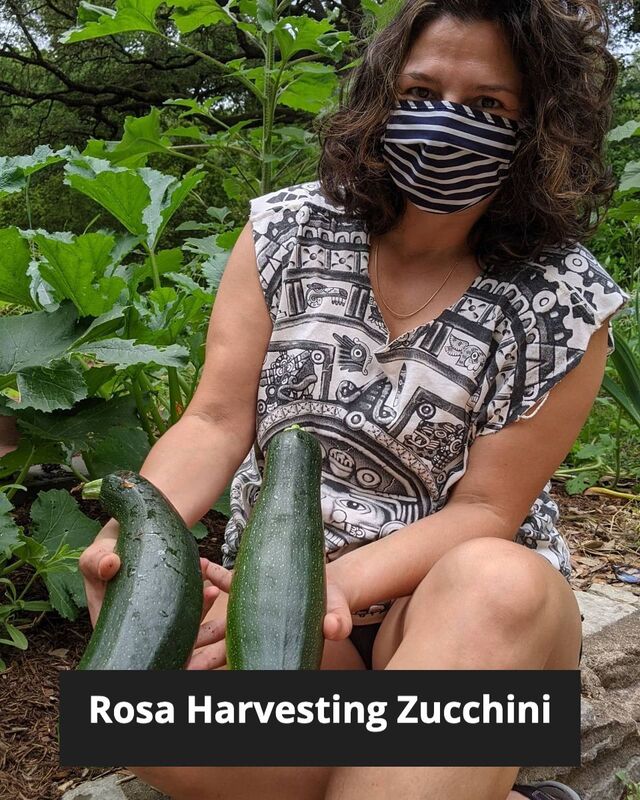
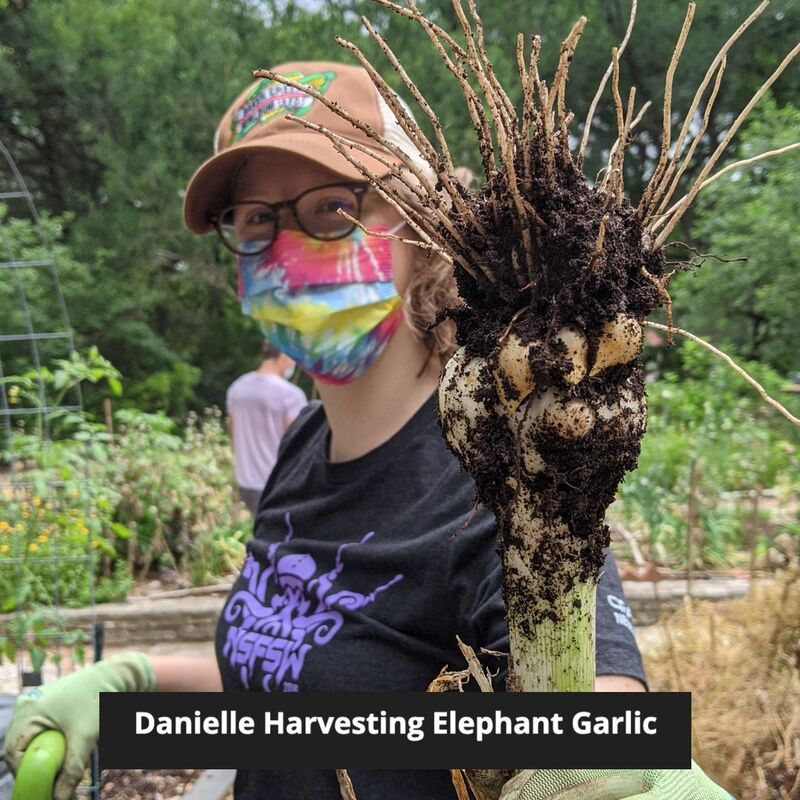
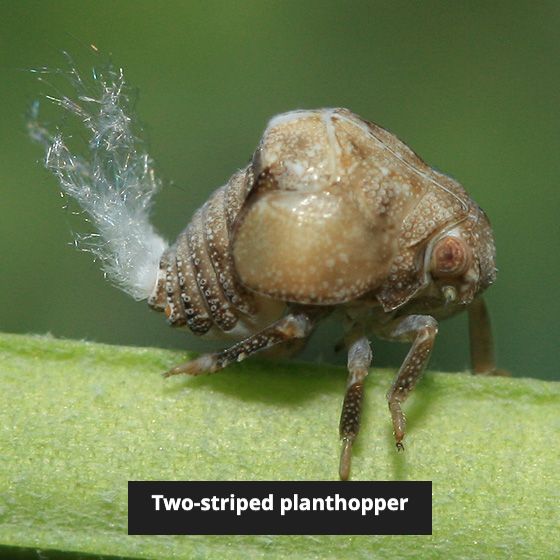
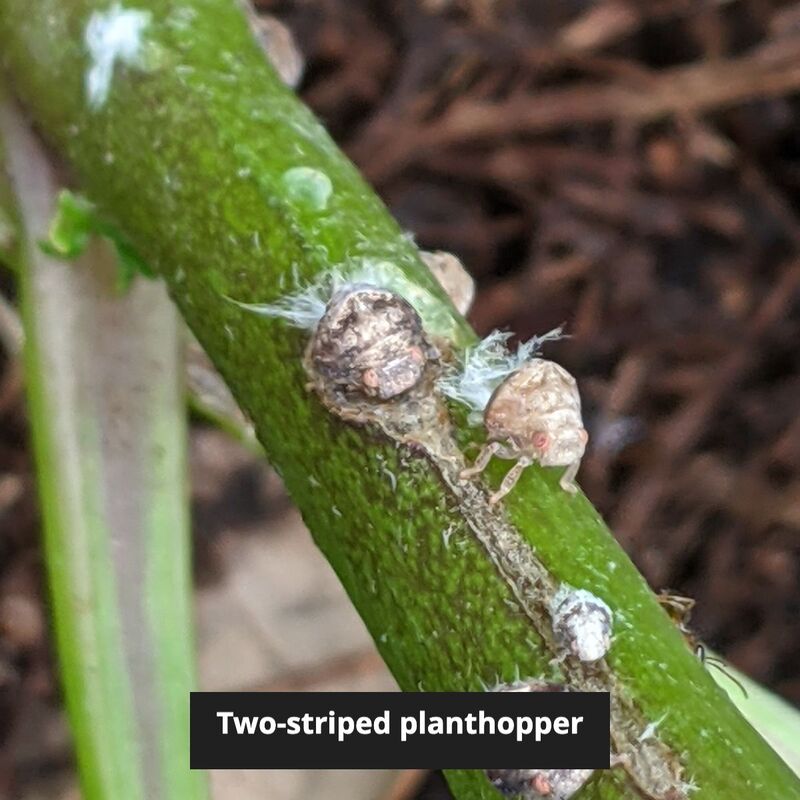
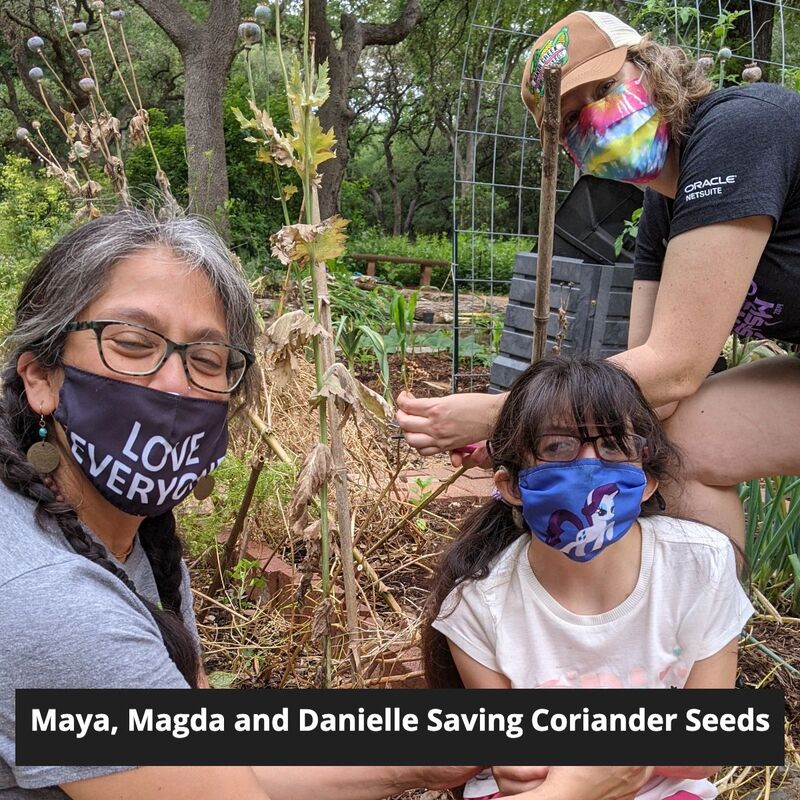
 RSS Feed
RSS Feed